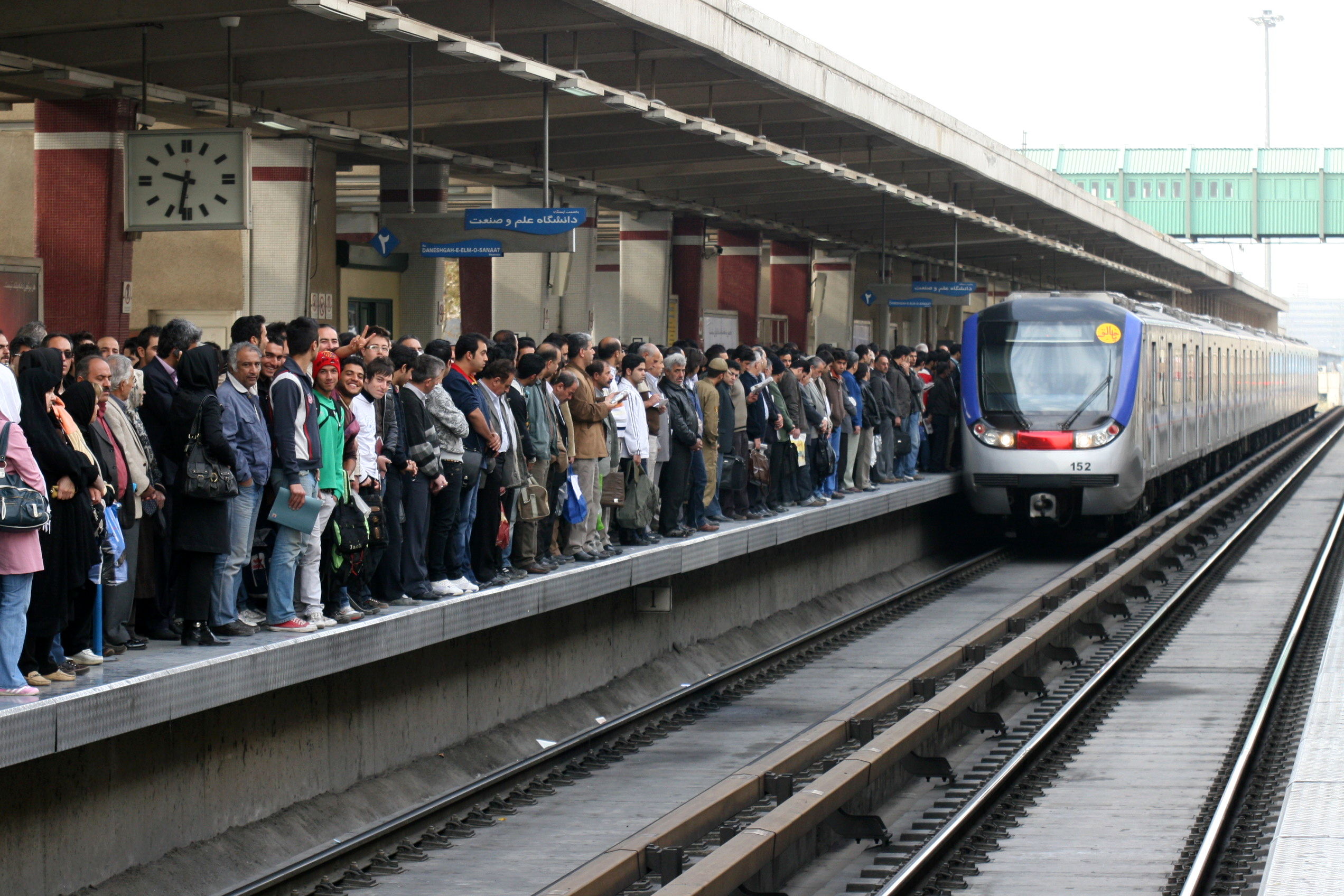As commuting in Tehran becomes worse every hour and every day due to the clogged streets and freeways, Tehran Mayor Mohammad Ali Najafi says improving the conditions will take time. In short, there is no magic wand!
“I am no miracle maker,” he wrote on his official Telegram channel. Censuring his predecessors for gross incompetence and negligence, Najafi prefers not to play with clichés when it comes to managing one of the most polluted and traffic-congested cities in the world. “Solving decades-old problems caused by mismanagement takes time.”
Now just look at what one elected city official has got to say about Tehran’s unending traffic curse. Mohsen Hashemi, head of the Tehran City Council, says, “I think the main problem of the city is traffic, which is now turning into a security issue. At times we humorously say the traffic problem in Tehran is more dangerous than Daesh.” He was referring to the terrorist outfit, the so-called Islamic State.
The senior urban official concurs that the TCC cannot solve the traffic problem without help from the subway system and expanding it in the metropolis that has grown monstrously in all four directions.
Traffic in Tehran has become something akin to torture and at times agonizing, particularly during rush hours, due to the growing urban population, poor public transport and use of private vehicles on a large scale.
The bad situation becomes worse in the winter season when the freezing temperature and air pollution join hands to make living and working in Tehran a challenging enterprise.
During the past years, winters have gotten friendly with weather inversion and toxic air pollution. Schools in Tehran are ordered closed several times during the cold season due to the smog and risks to the health of small children. As we go to print, schools in Tehran, Tabriz and Orumieh are closed due to the bad weather and high pollution.
The mayor says, “comprehensive studies and surveys are being conducted” to find workable solutions to the traffic problem in the city that is home to 12 million people.
Public Transport
Najafi says public transportation, especially the subway, must be expanded across the capital. “Simply put, unless the subway system is expanded, telling people not to use their cars will not make a lot of sense.”
Tehran’s public transportation includes city buses, Bus Rapid Transit (BRT), subway system, and taxis. However, many areas still suffer from lack of sufficient and decent services.
The city’s subway system comprises six main lines (1, 2, 3, 4, 5 and 7 – line 3 and 7 have yet to be completed) with nearly 100 stations. Line 6 is under construction.
However, this is definitely not enough for a megacity like Tehran, in which, according to statistics, over 15 million people commute every day, many coming from the satellite cities.
Tehran Metro in its latest report said 3.8 million commuters use the subway network on a daily basis.
To accelerate the metro development project, Najafi said, Tehran Urban and Suburban Railway Operation Co. is planning to buy 630 new railcars in the coming months and 1,000 later on.
“To accelerate the subway development project, the municipality welcomes cooperation with foreign companies. We have had successful collaborations with international firms in the development of the metro. We welcome further collaboration in the field of technology transfer and sharing expertise.”
Several foreign firms have already cooperated with Tehran Metro.
French firm Alstom inked a preliminary trilateral agreement in July with Industrial Development and Renovation Organization and Iranian Rail Industries Development Company worth €1.3 billion to manufacture 1,000 subway railcars at IRICO facilities in Iran.
In May Russia’s United Wagon Company signed a €300 million deal to supply 6,000 subway cars. The agreement calls for importing 1,100 units as completely-built units while 4,900 will be assembled locally.
Congestion Charge
The mayor also proposed a “congestion charge” in the city, saying it would encourage residents to use public transport instead of using their own vehicles.
Several traffic controlling schemes have already been implemented such as the odd-even plan and traffic restrictions in the central areas. “These plans are good but simply not enough,” he said.
He recalls that in many major cities in the world owning a car entails hefty costs.
For instance, Londoners have to pay an average of $4,000 a year if they want to drive their own car. Many other cities are in the process of implementing similar plans to curb traffic and air pollution problems.
The Norwegian capital plans to permanently ban all cars from the city center by 2019. Madrid plans to ban cars from 500 acres of its city center by 2020, with urban planners redesigning 24 of the city’s busiest streets for walking rather than driving.
While on paper some plans look attractive, citizens, critics and environmentalists do not think something meaningful will come out of the Tehran Municipality in the near future simply because the former TM managers and their minions did little in this regard.
After all the people’s health, a pollution-free atmosphere, decent public transport and compelling the avaricious local carmakers to improve the quality of their vehicles was at the tail end of their ‘to do’ list.


